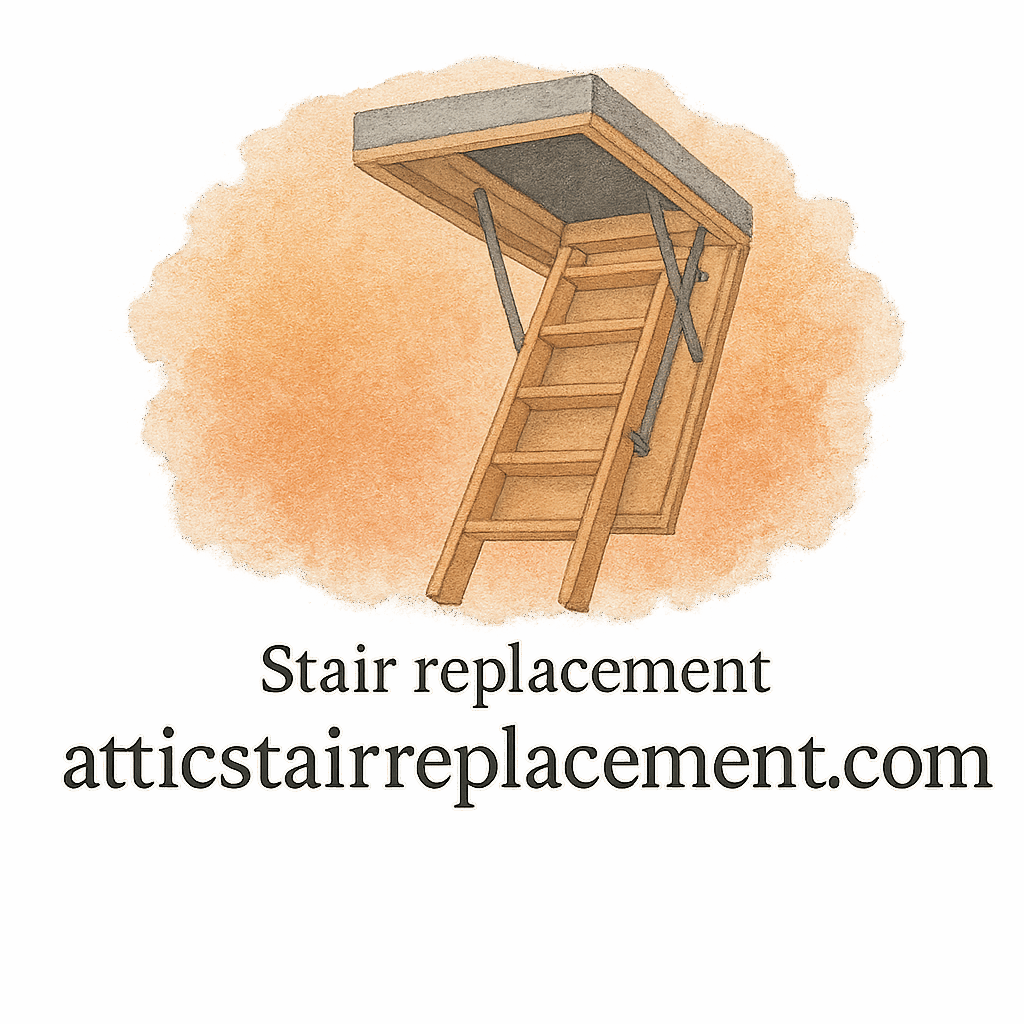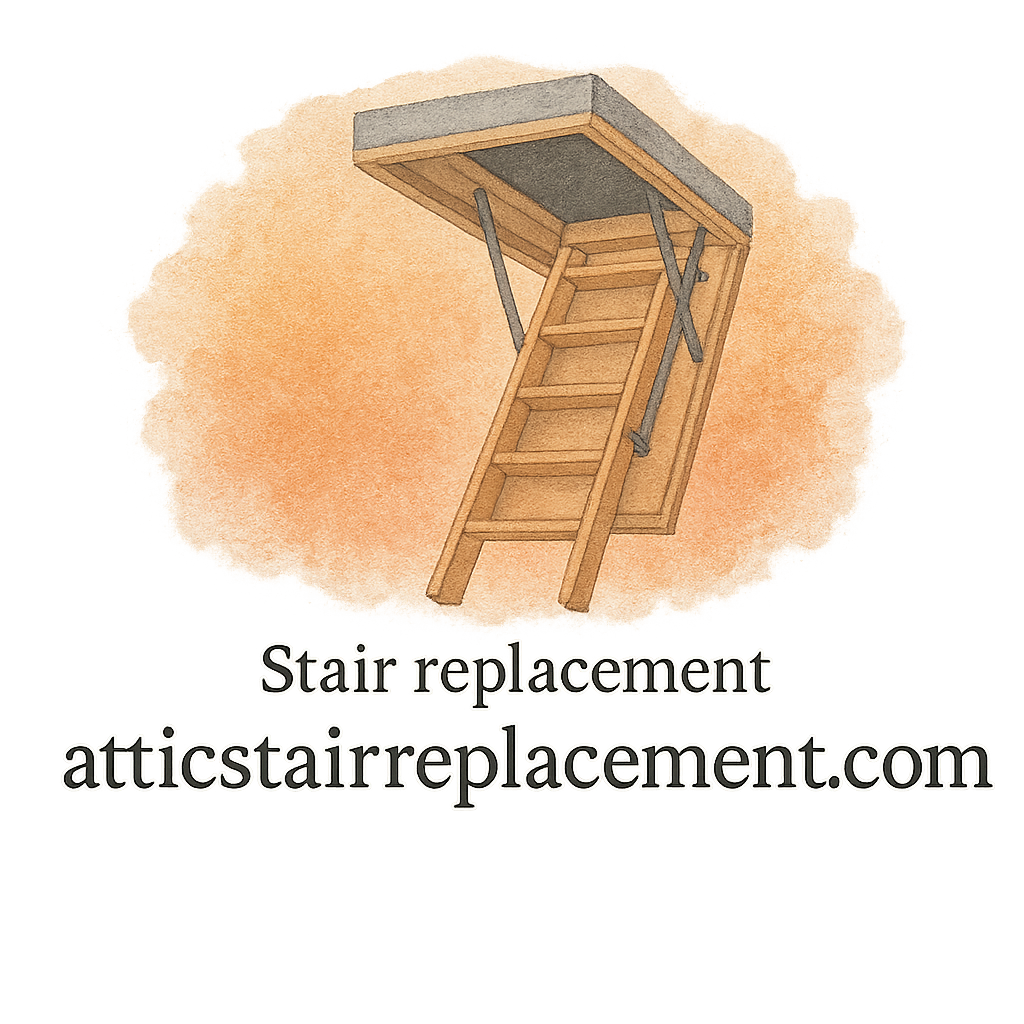Introduction
Thinking about starting an attic stair replacement project? Great idea—but before you grab your toolbox, pump the brakes for a moment. Replacing attic stairs isn’t just another weekend project; it’s a task that involves safety, precision, and smart planning. Rushing into it without preparation could lead to costly mistakes, structural damage, or worse, injuries.
That’s why I’ve put together this detailed guide covering 10 precautions before starting attic stair replacement. By following these, you’ll save time, avoid headaches, and ensure your project goes smoothly from start to finish.
Why Attic Stair Replacement Matters
The Role of Safety and Functionality
Old attic stairs can become a real hazard. Loose screws, warped wood, or wobbly frames aren’t just annoying—they’re dangerous. Upgrading your stairs ensures safety and adds functionality, making it easier to access your attic for storage or even a remodeled living space.
Common Reasons Homeowners Replace Attic Stairs
People often take on attic stair replacement for different reasons—broken hinges, outdated designs, or stairs that simply can’t handle enough weight. Sometimes, it’s about improving convenience; other times, it’s a necessary home improvement project for safety.
Precaution 1: Assess the Existing Attic Stairs
Identifying Wear and Tear
Before you start, take a close look at your current stairs. Are they squeaky, cracked, or sagging? These are clear signs they need replacement. Sometimes, you’ll spot issues like loose hinges or warped frames that make climbing risky.
Measuring the Current Space Accurately
Grab a measuring tape. Knowing the exact width, length, and ceiling height is critical. A mistake here means your new stairs won’t fit, forcing you to redo the project or spend more money.
Precaution 2: Check Structural Integrity of the Ceiling
Ensuring the Joists Can Handle the Load
Your attic stairs attach directly to ceiling joists. If they’re weak, cracked, or undersized, the new stairs may not be safe. Reinforcing the area might be necessary.
Spotting Signs of Weakness
Look for sagging drywall, water stains, or cracks in the ceiling—these are red flags that need addressing before you install anything.
Precaution 3: Select the Right Type of Replacement Stairs
Folding, Telescoping, and Heavy-Duty Options
Attic stairs come in several varieties. Folding stairs are popular for tight spaces, while telescoping stairs save space and look sleek. For heavy loads, heavy-duty options are the safest bet.
Matching Style and Durability
It’s not just about function; you’ll want stairs that fit your home’s aesthetic and last for years. Durability should be at the top of your checklist.
Precaution 4: Budget for Hidden Costs
Tools, Hardware, and Safety Gear
Many homeowners only budget for the stairs themselves, forgetting the small stuff. You’ll need screws, brackets, safety goggles, gloves, and maybe even a power drill upgrade.
Professional Labor Costs
If you decide to hire a contractor, factor in labor charges. This helps you avoid “surprise” bills later on. For budgeting tips, check out this guide to attic stair replacement.

Precaution 5: Gather the Necessary Tools and Equipment
Essential DIY Tools
At minimum, you’ll need a drill, level, screwdriver, hammer, measuring tape, and saw. Skipping on the right tools makes the job harder and riskier.
Safety Equipment Checklist
Don’t forget protective gear: gloves, eye protection, dust masks, and sturdy footwear. Trust me—your safety isn’t the place to cut corners.
Precaution 6: Learn DIY vs. Hiring a Contractor
Pros and Cons of DIY Installation
Going DIY saves money and gives you bragging rights. But it also requires skills, time, and patience. A wrong cut or poor alignment could ruin your project.
When to Call an Expert
If your ceiling structure looks questionable or if you’re not comfortable with carpentry, hiring a contractor may be the smarter move. Find expert insights here: expert advice on attic stair replacement.
Precaution 7: Understand Building Codes and Permits
Local Regulations for Home Improvement
Every area has its own rules for home improvement projects. Some cities require permits for structural changes like attic stair replacement. Skipping this step could mean fines.
Avoiding Costly Mistakes
Building codes ensure your stairs are safe and reliable. Following them isn’t just red tape—it’s protection for your family and your investment.
Precaution 8: Prioritize Safety During Installation
Protective Gear and Ladder Stability
Accidents often happen when people underestimate small steps. Always wear protective gear and double-check that your ladder is steady before climbing.
Having a Helper on Hand
Don’t go solo. Installing attic stairs often requires holding heavy frames in place while securing them. A helper makes it safer and smoother.
Precaution 9: Plan for Maintenance After Installation
Routine Inspection Tips
Attic stairs need care even after installation. Tighten screws regularly, lubricate hinges, and keep an eye out for early signs of wear.
Preventing Long-Term Damage
Moisture, pests, or neglect can shorten your stairs’ lifespan. Simple maintenance helps avoid costly repairs later—check out these maintenance and repair tips.
Precaution 10: Review Product Reviews and Expert Advice
Researching Reliable Brands
Not all attic stairs are created equal. Some are durable and sturdy, while others are cheaply made. Reading product reviews will help you pick a trusted brand.
Learning from Other Homeowners’ Experiences
Online forums, blogs, and homeowner reviews are gold mines of information. Learning from others’ mistakes could save you from making your own.
Conclusion
Attic stair replacement can be a game-changer for your home—safer, more functional, and easier access to that extra storage space. But it’s not something you should dive into blindly. By following these 10 precautions before starting attic stair replacement, you’ll avoid costly errors, keep your family safe, and make sure your investment pays off long term.
Whether you go DIY or hire a contractor, the key is preparation. Measure carefully, plan your budget, prioritize safety, and always seek expert advice when in doubt. Your attic and your future self will thank you.
FAQs
1. How long does attic stair replacement usually take?
Most DIY projects take 4–6 hours, depending on experience. A contractor can often finish in 2–3 hours.
2. Can I install attic stairs by myself?
It’s possible, but not recommended. Having a helper makes the process safer and faster.
3. What’s the average cost of attic stair replacement?
Costs range from $300–$800 for materials and labor, depending on type and complexity.
4. Do I need a permit for attic stair replacement?
Some areas require permits, especially if structural modifications are involved. Always check your local building codes.
5. How do I know if my attic joists are strong enough?
Look for signs of sagging or cracking. If unsure, consult a professional contractor for assessment.
6. What type of attic stairs last the longest?
Heavy-duty aluminum or steel models typically last longer than wood, especially in humid climates.
7. How often should attic stairs be maintained?
Inspect them at least twice a year—tighten screws, lubricate hinges, and check for damage.


